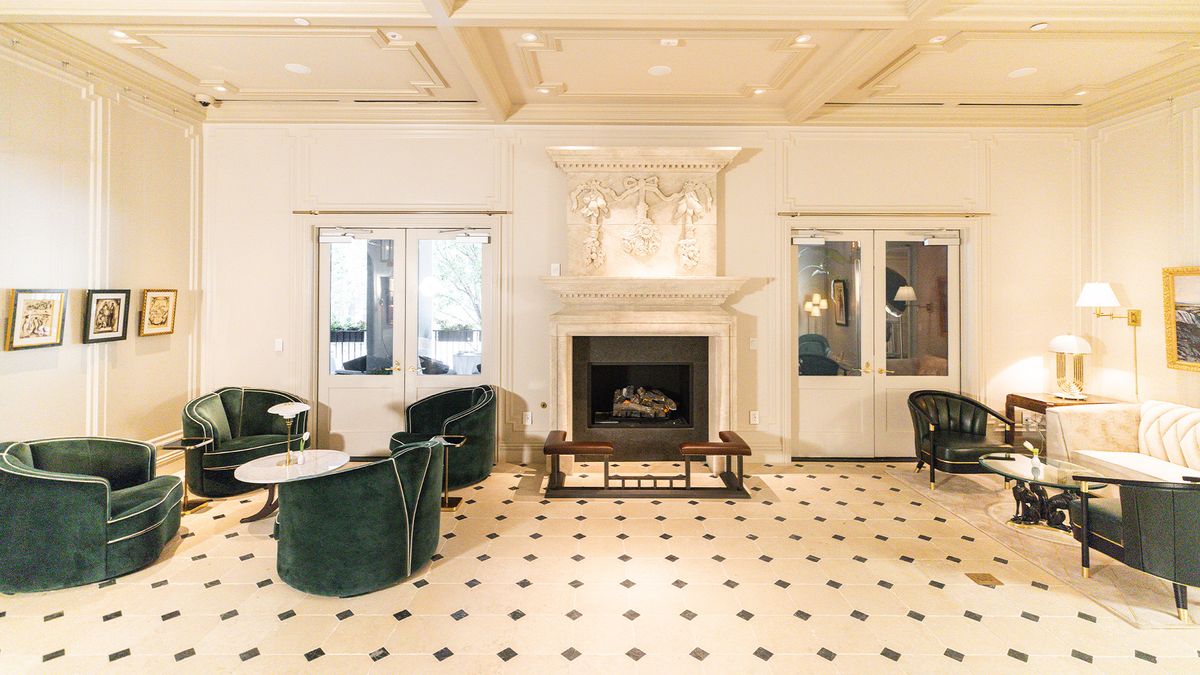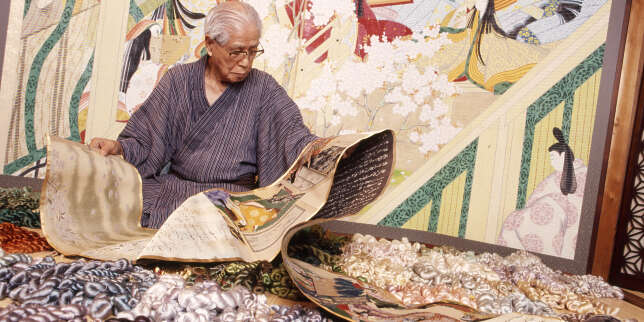Tadmur
2019 - Installation (Installation)
Audio 14:14 minutes
Majd Abdel Hamid
Tadmur by artist Majd Abdel Hamid is influenced by a book by Mustafa Khalifa titled The Shell: Memoirs of a Hidden Observer , which details Khalifa’s imprisonment in the Assad ‘desert prison’ Tadmur. Khalifa’s compelling testimonial is now considered to have enlightened the Syrian public to the atrocities being committed in their country by the Assad regime and catalyzed a political resurgence in Syria. The prison was destroyed by ISIS in 2015 and though the initial reaction by the Syrian public was largely positive, the complete leveling of the prison erases the brutal experiences of the prisoners, many of whom died and those that survived. There was no monument or memorial left in place of the prison, as a reminder of the violence perpetrated at the site, through which people could mourn or process their trauma. While Khalifa’s text lays bare the control exercised over the Syrian people’s knowledge of current affairs, Abdel Hamid’s work focuses on the parameters of their collective memory. This collection of embroideries by Abdel Hamid acts as a commemoration of the tragedies that occured at Tadmur. Accompanied by an audio recording of a monologue explaining the history of Tadmur, Abdel Hamid hand embroidered the architectural blueprints of the prison, repeated in a variety of scales and styles onto ubiquitous pieces of cloth, like a towel or tea sieve. This metholody reflects the intergenerational legacy of traditional embroidery patterns that Palestinian women have historically passed down. The exposed stitching belies the concealed violence that took place at Tadmur. In this context, the medium is subverted as an index of violence as opposed to domesticity. With the building gone, Abdel Hamid’s work asserts the necessity to acknowledge the tragedies of Tadmur in a material way.
Palestinian artist Majd Abdel Hamid’s work is akin to an archeology of violence and trauma from which he unearths the materials that weave a web of new imagination. In doing so, he regenerates the art of cross-stitch embroidery, which has become an emblem of Palestinian identity, and applies it to historical and political subjects. Whether he embroiders media images of the Syrian war, in Snapshots (2016), or the architectural prison blueprint in Tadmur (2019), he transposes these horrors into the familiar space of domestic objects and time. Through this meditative needlework, the artist operates within a performative, repetitive gesture. In his work, stitching is articulated in terms of labor, time, form, color, imagery production, and the pixel. As such, Hamid’s practice functions within an assemblage of tensions: between the fetish and the aesthetic, between the individuality of art practice and the relative autonomy of craftsmanship, the slow process of rendering stitches on a surface and the acceleration of time, imagery and trauma. His works are situated within dichotomies of construction and concealment; they devour the banality of embroidery as a celebration of national identity.
Colors:
Related works sharing similar palette
» see more

© » KADIST
Raymond Pettibon
2000Untitled (Wall Street’s Chosen Few…) is typical of Pettibon’s drawings in which fragments of text and image are united, but yet gaps remain in their signification...
Related works found in the same semantic group
» see more
© » KADIST
Rabih Mroué
2012The Pixelated Revolution is a lecture-performance by artist Rabih Mroué about the use of mobile phones during the Syrian revolution...

© » KADIST
Randa Maddah
2017Shot from the rooftop of her house in Majdal Shams, through a complex construction of moving mirrors, this video connects both sides of the border which has cut through Syrian Golan heights since the 1967 Six-Day war...

© » KADIST
Eric Baudelaire
2017Baudelaire’s latest film, Also known as Jihadi (2017) tells the story of a young French boy from Parisian suburbs and his assumed journey to the Al-Nusra front in Syria to join ISIS and fight Bashar al-Assad’s regime...

© » KADIST
Mohamed Bourouissa
2008Temps Mort is the result of one year of mobile phone exchanges of still images and videos between the artist and a person incarcerated in prison...



